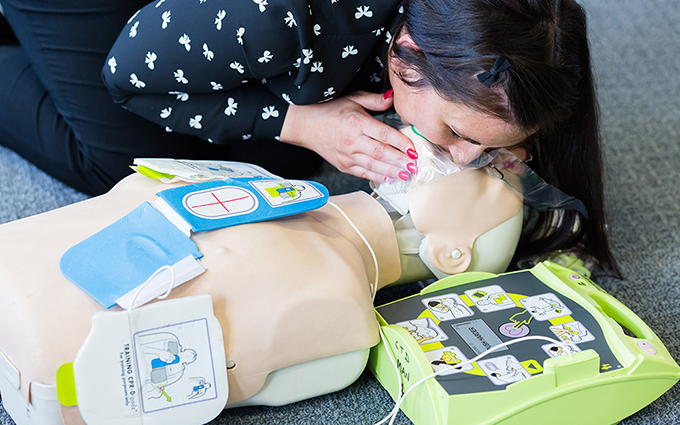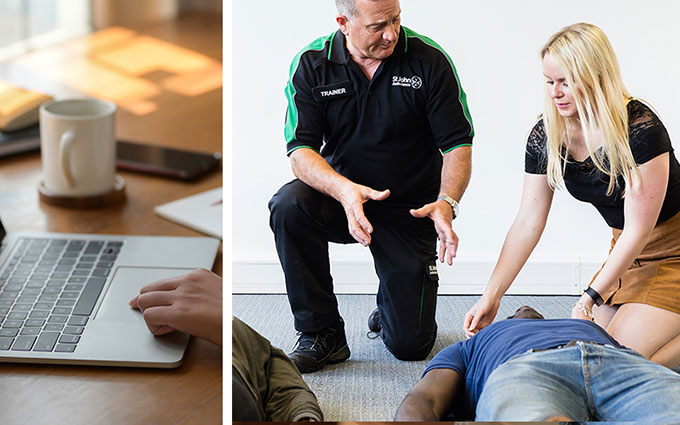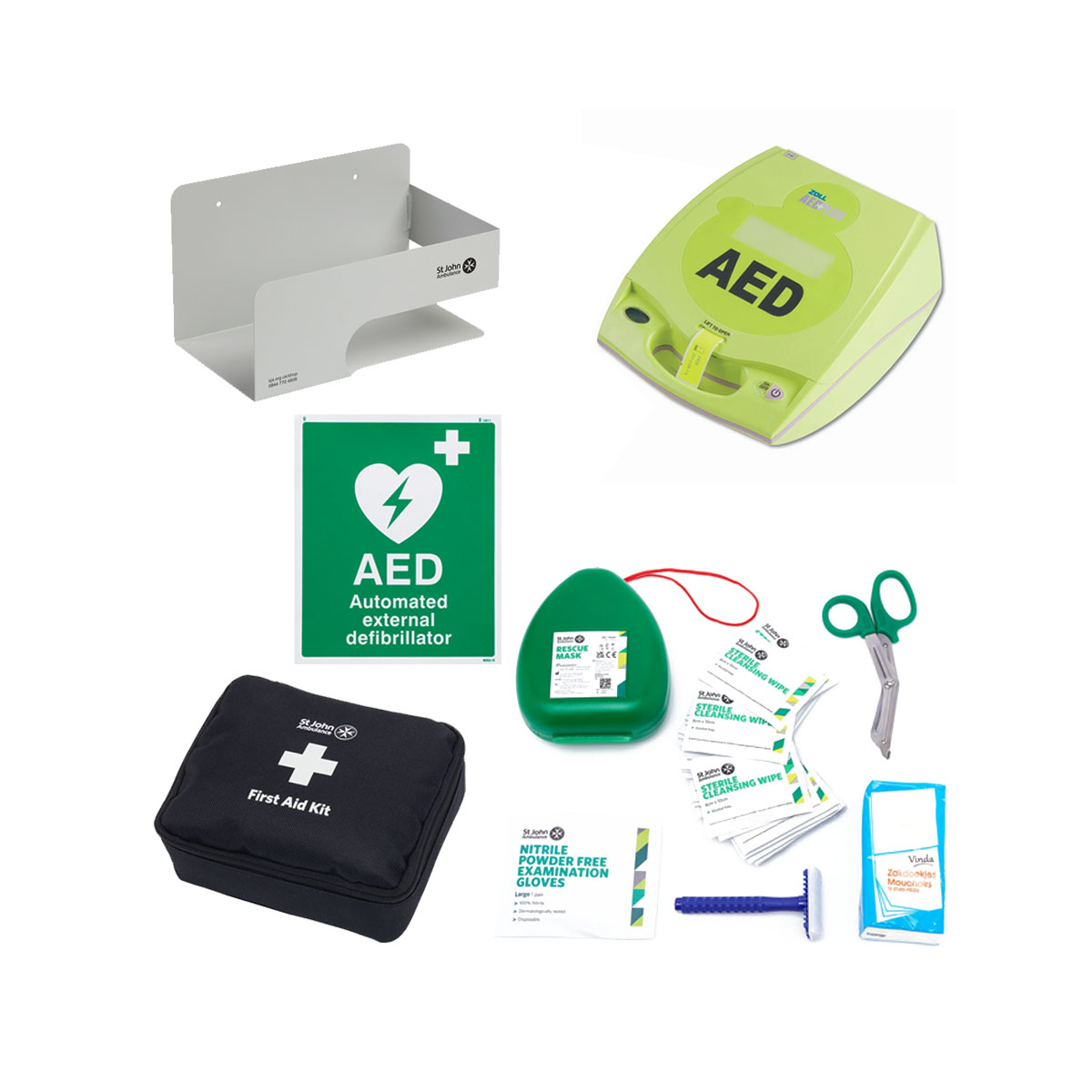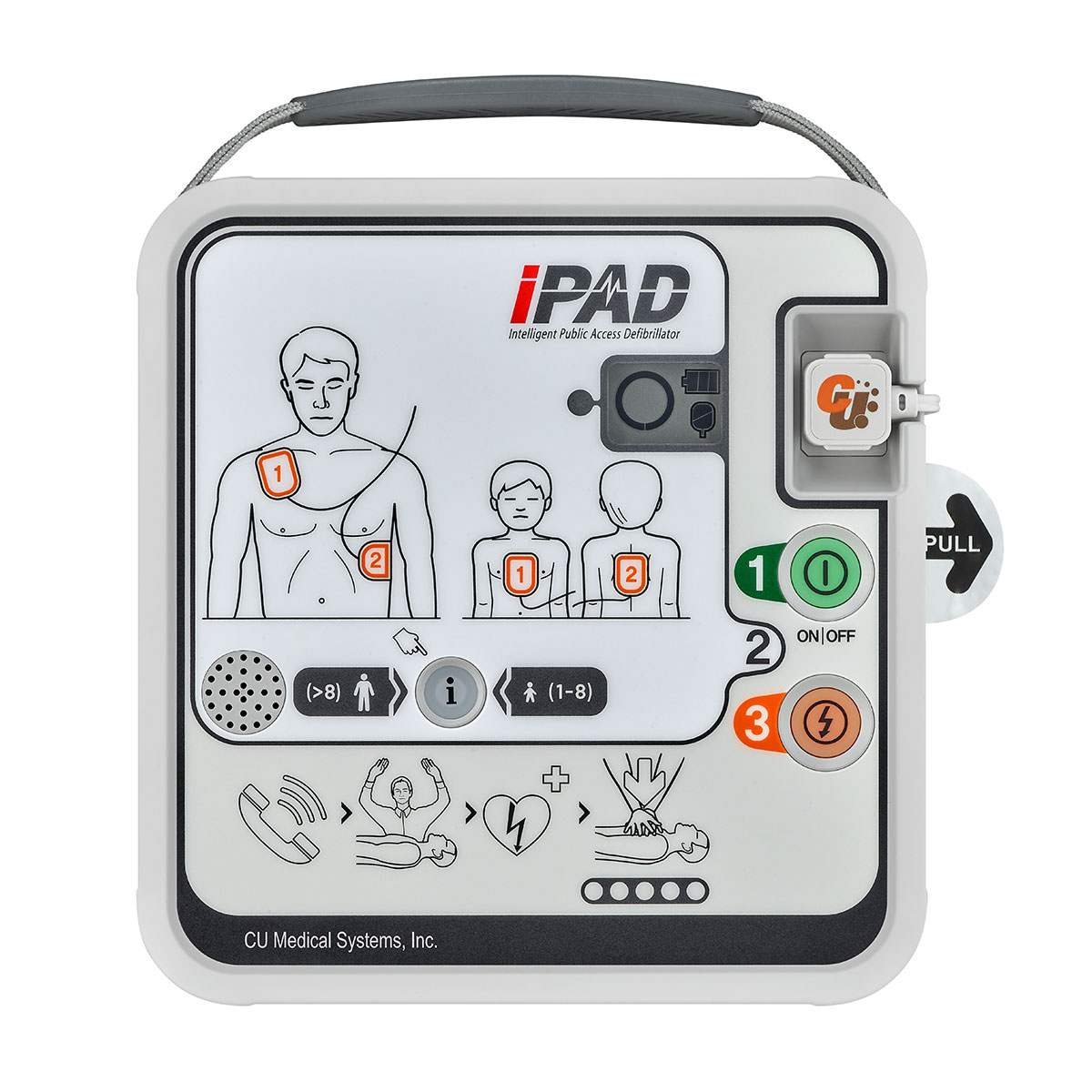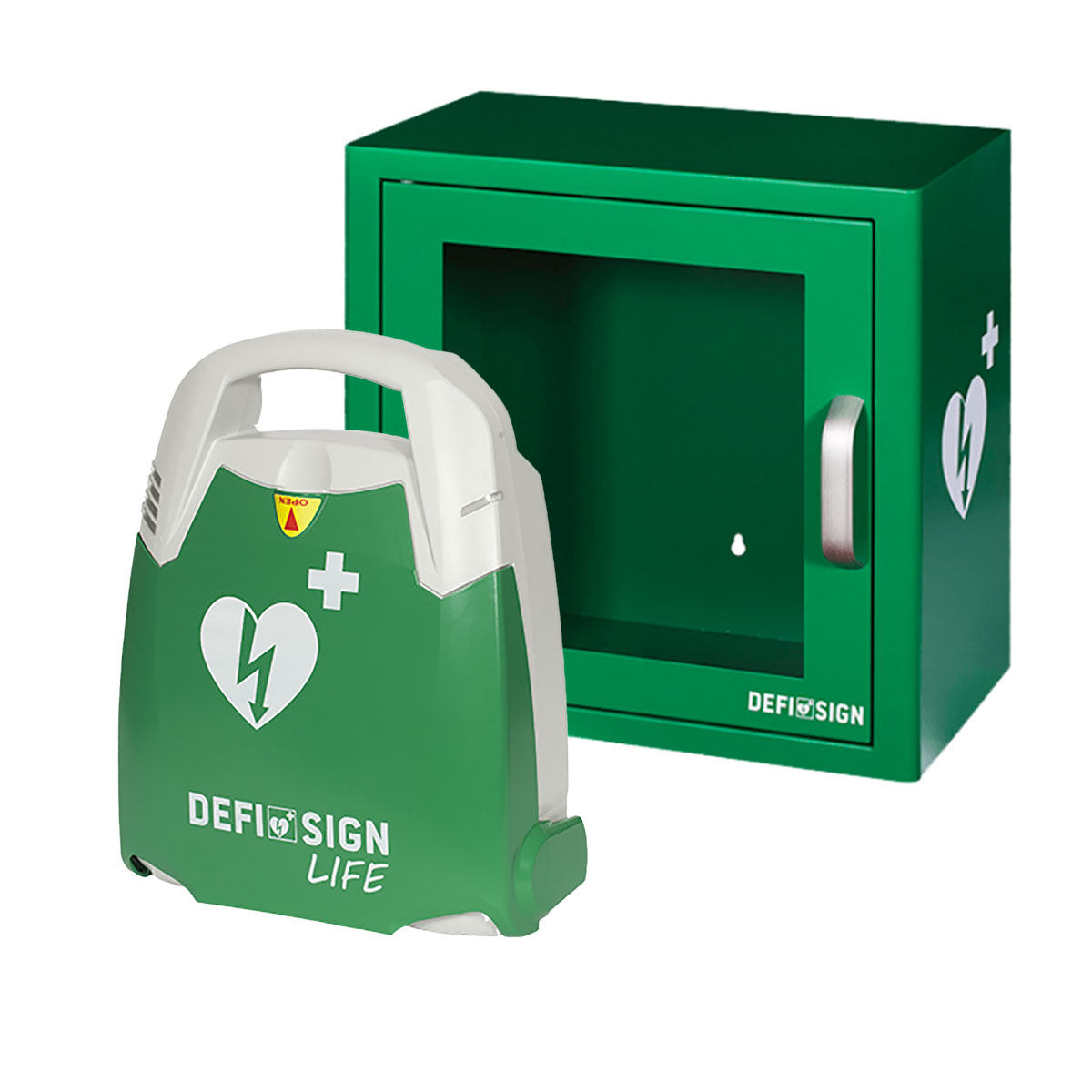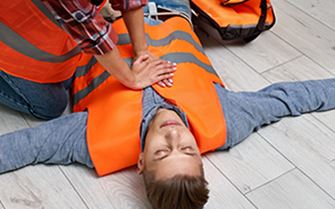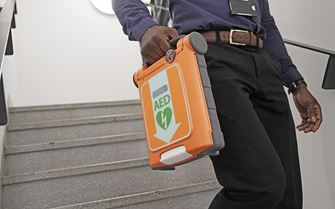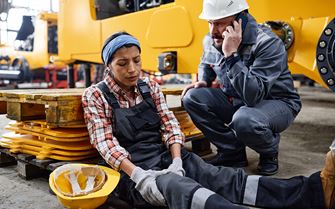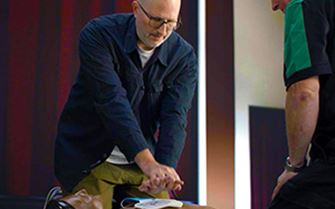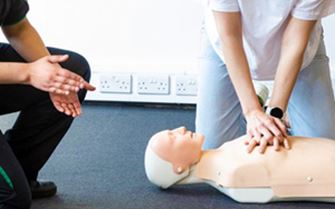Published: 4th August 2025.
Last updated: 4th August 2025.
Author: Lisa Sharman.
Contents

"I started to feel dizzy, and the last thing I remember was holding on to the railings. And everything then just went black.”
This was how father of two, Jonathan Oakeley, experienced his cardiac arrest.
He is one of more than 60,000 out-of-hospital cardiac arrests that paramedics attend in the UK every year. Even then, the survival rate is low – fewer than 1 in 10 people.
Jonathan was lucky to be one of them. A team of St John Ambulance volunteers resuscitated him, performing CPR and administering shocks twice with a defibrillator.
Every second counts in a cardiac emergency, and a defibrillator is often the critical factor between life and death. Yet, access to and awareness of the devices remain uneven.
With 15% of cardiac arrests happening in the workplace, installing a defibrillator is a powerful action for businesses to take. Along with essential first aid training for staff, having a defibrillator on-site ensures that they not only protect employees, but also visitors and the public, potentially saving lives.
Life-saving potential
Cardiac arrests differ from heart attacks. A heart attack occurs when the arteries to the heart are obstructed, for example, by a blood clot. The heart continues to function, but is increasingly starved of oxygen. Typically, the person concerned will be conscious and breathing. Heart attacks can be slow to progress, taking hours or even days.
A person experiencing cardiac arrest will collapse without warning, because the electrical impulses that go to their heart have suddenly stopped operating. They typically become unconscious and either stop breathing or gasp rather than breathe normally. Without help, they can die within minutes.
Immediate intervention by giving chest compressions – known as CPR (cardiopulmonary resuscitation) – and using a defibrillator can significantly improve outcomes. Survival rates are as high as 70% if a defibrillator is used within two minutes of a collapse.
A lack of first aid knowledge and defibrillators at work
Despite this, research we conducted last year found that only four in 10 people in the UK have the skills needed to save someone in cardiac arrest, and less than a third know how to use a defibrillator.
The limited availability of defibrillators has been a significant issue, although more are becoming available in areas most in need.
While public access is growing, take-up of defibrillators by businesses is still lagging. Only 44% of workplaces have installed defibrillators, and more than half of employees have never been trained in how to use one, HR Magazine reports.
Fitting a defibrillator at work is a win-win
Businesses have a duty of care and must provide “adequate and appropriate” equipment, facilities and personnel to ensure that if an employee falls ill or is injured at work, they receive immediate attention.
Defibrillators are not a legal requirement in the UK, but having one in the workplace – and training staff to use it – can be vital to survival and key to a proactive safety approach.
A defibrillator also demonstrates to staff that you are a responsible employer, providing more than just the minimum legal requirements.
Especially in large public-facing facilities like shopping malls, airports, schools, arenas, museums and hotels, defibrillators can also contribute to saving customers and visitors.
For these types of venues, the Terrorism (Protection of Premises) Act 2025, known as Martyn’s Law, has recently introduced new preparedness measures to enhance security against potential terrorist attacks.
In addition to security protocols like bag searches and CCTV, the ability to handle casualties is critical – including staff with adequate, up-to-date first aid training, Public Access Trauma Kits (PAcTs) and, last but not least, defibrillators.
What to do next
With many regulations to consider and a wide range of sourcing options for courses and equipment, figuring out what is best for your business can seem overwhelming.
St John Ambulance can help you with your preparedness and emergency planning.
As a leading provider of first aid training, we offer a wide range of courses, including specialist high-risk training courses. We also offer a range of defibrillators from established brands to suit the needs of different workplaces, ranging from basic semi-automatic to fully automatic defibrillators.
Purchasing from St John Ambulance provides you with access to the same professional equipment and expertise that our volunteers use. Your custom also helps local communities as we reinvest our profits to train volunteers, teach people first aid, and deliver specialist ambulance services across England.
More than ticking boxes
Purchasing first aid equipment like defibrillators and training staff should not just be a tick-box health and safety exercise. It should be part of a corporate culture of caring that could be the difference between life and death – so that more people like Jonathan Oakeley can beat the odds.


